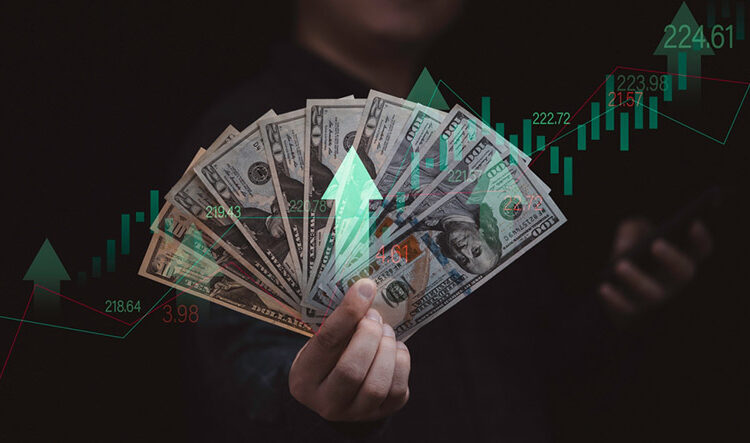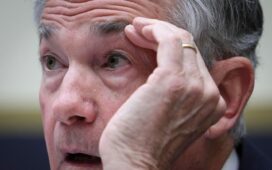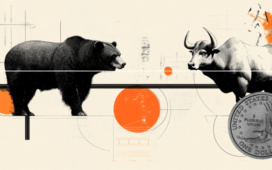One of the lesser-reported sidelights of the recently concluded Argentinian presidential elections was the promise of the victorious candidate, Javier Milei, to replace his country’s currency, the peso, with the US dollar. This, he argued, would end the rampant inflation that has frequently bedevilled Argentina (where inflation is currently running at 130 per cent and rising) and introduce stability to the economy. After his victory his government and its newly appointed finance minister have indicated there would no rush to implement this scheme, though the promise remains on the cards and the US dollar may, before long, become the only legal tender in Argentina.
The issue is all the more interesting because it is the exact opposite of the trend prevailing in the BRICS countries, whose last summit, in South Africa a few months ago, featured a growing clamour around “de-dollarisation” of their global trade. The idea was to reduce the power and influence of the US, through its control of its own currency, and the political clout it gave Washington by, for instance, imposing sanctions on countries it disapproved of by restricting their access to dollar transactions (Iran and Russia have both been sanctioned in this way). Leading up to the Johannesburg summit, there was speculation that, in a move towards de-dollarisation, the BRICS bloc would announce the setting up of a common currency. But they settled for a less ambitious goal of encouraging trade in local currencies. Russia’s 2024 BRICS presidency is set to focus primarily on using local currencies and payment systems, with discussions among finance ministries and central bank governors. There are many factors that have created hostility to the dollar in the developing world. The sanctions against Russia last year by impounding its foreign assets, as punishment for its Ukraine war, ignited fears among emerging economies that the US might capriciously use its outsize power against other countries too, thereby impairing their economic security. Besides, over the last two decades, there have been several instances when emerging markets were held hostage to dollar volatility. America can borrow cheaply in global markets because the rest of the world needs dollar assets and is eager to lend to it. Many countries also mutter grievances that they, in effect, incur an exorbitant cost to allow the US to perpetually live beyond its means, without consequences.
In theory, a BRICS common currency would shield the bloc from the perils of dollar hegemony. But in practice, that project will remain a non-starter because of both politics and economics. It is inconceivable that member countries, not least India, would be willing to give up their monetary policy autonomy and become hostage to a common currency that would be vulnerable to instability anywhere in the bloc. Because of its outsized economic muscle, China would easily dominate BRICS, and its yuan would also dominate the common currency’s fortunes. No matter the rhetoric about a new world order, it would be ironic if, to escape the dollar’s dominance, BRICS members succumb to the alternative of the yuan, issued by an authoritarian regime with a dubious reputation for institutional integrity, transparency and rule of law.
The second-best option chosen by BRICS—trading in local currencies—is a safer way forward, but it is also not an easy one. Local currency trade works best if bilateral trade between countries is roughly balanced. But if bilateral trade is structurally imbalanced, the surplus country would accumulate the trading partner’s currency, which raises the ticklish question of how to settle accounts. If they have to be settled in dollars or another hard currency, the benefits of local-currency trade will be largely neutralised. India has had some experience of this problem, because of our extensive trade with both Iran and Russia. Iran found it had accumulated far more rupees in India (in payment for Iranian oil) than it had any use for; there just weren’t that many Indian items the Iranians wanted to buy, and the rupee wasn’t of much use to them anywhere else. The same problem seems to have arisen with regard to paying for oil imports from Russia in rupees. So de-dollarisation is no panacea. As long as we don’t attract US sanctions, we are better off sticking to the system that works. Let’s stay with the dollar!





